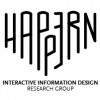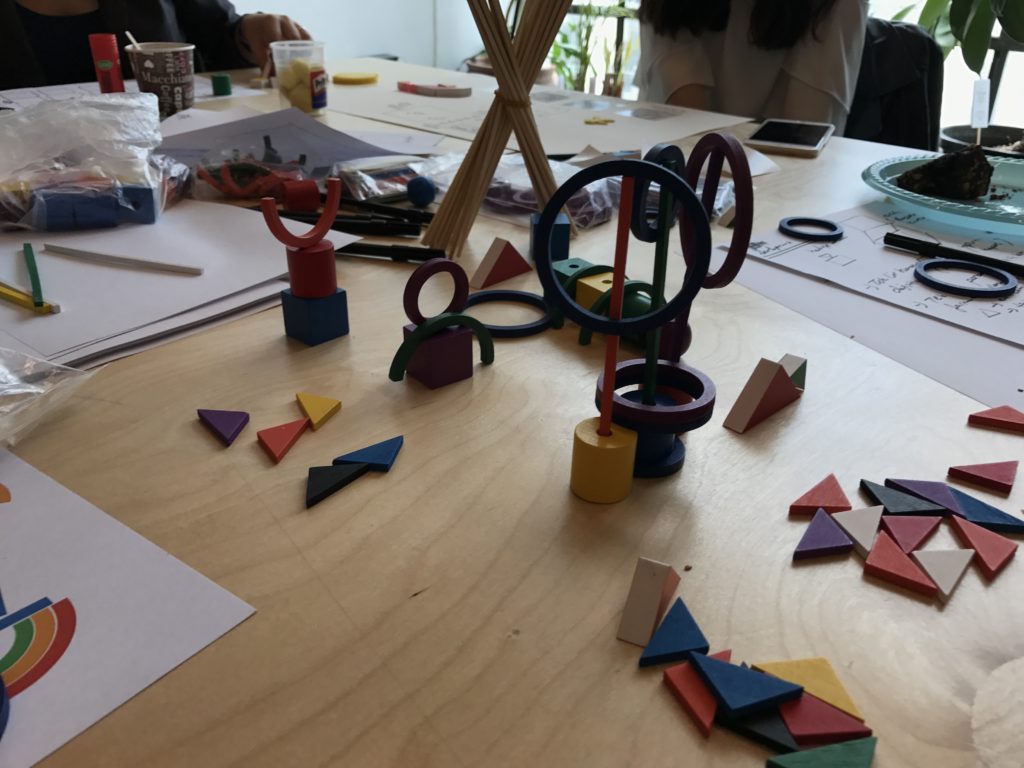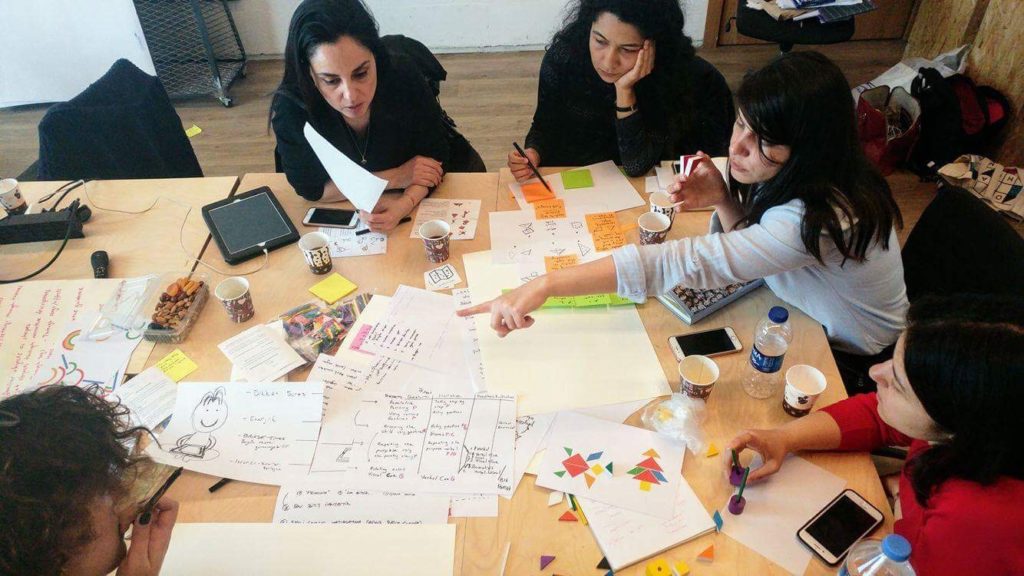This ongoing project is situated in the intersection of two disciplines: cognitive development and interaction design for children. The goal of the project is to develop an evidence-based design tool that multidisciplinary teams can use to develop tangible interfaces that scaffold preschooler’s spatial learning. In particular, we look at the effects of storytelling and guided play on the acquisition of mental rotation skills while children aged 26 to 43 months are playing with physical geometrical objects referred to as manipulatives.
In the first stage of this research, we developed a theoretical framework for which we relied on spatial learning theories in cognitive developmental studies and child-tangible interaction tools found in child-computer interaction research. A journal publication about the framework is currently under revision. Afterwards, we conducted a series of empirical studies with preschoolers. In these studies, children interacted with different types of manipulatives such as Tangram and Fröbel Gifts to gain insight in children’s mental rotation action patterns, important for spatial learning. By doing so, we investigated children’s interactions with manipulatives guided by narratives and parental gestures. Based on the results of these empirical studies, we developed a first version of the design tool. The tool is composed of a set of cards inspired by the DSD cards (Antle and Bekker, 2013), and aims to inform designers and other stakeholders about preschooler’s child developmental needs for spatial learning. In addition, information is included about how designers can use storytelling and guided play principles to improve children’s engagement and enhance their early spatial learning.



